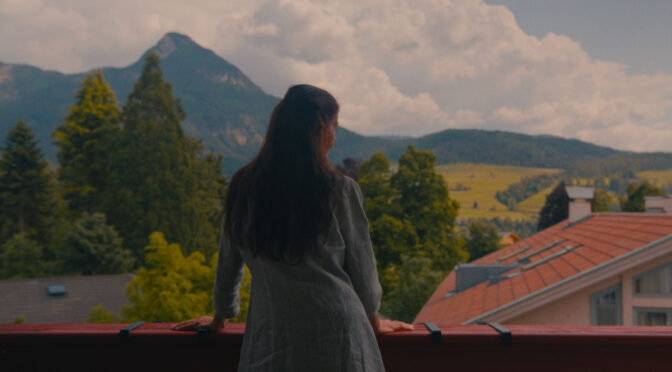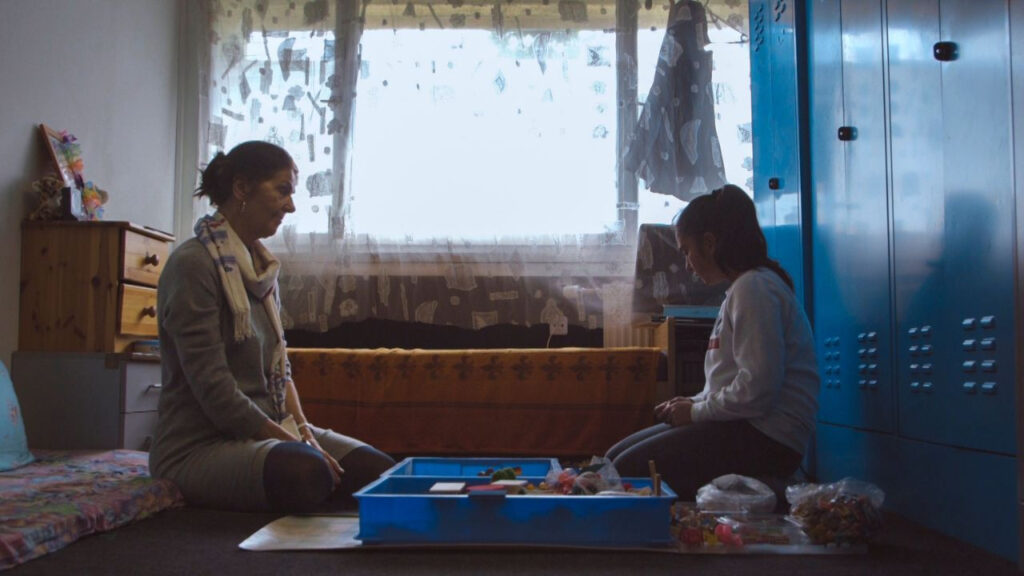Article by Giorgia Andrea Bergamasco
Translation by Silvia Matera
While there are numerous accounts of the painful devastation caused by wars, genocides and natural disasters, less focus is given to the actions that capture the essential human effort towards rebirth and self-reconstruction.
Un milione di granelli di sabbia, a documentary film by Andrea Deaglio, shifts the perspective and delves deep into the journey of reconstruction, portraying it as a psychotherapeutic process undertaken by victims of war trauma. The director focuses on children in harsh social conditions and other situations, such as the Yazidi genocide, the war in Ukraine, and a Chinese earthquake. The common thread connecting these humanitarian tragedies is the calm and soothing voice of psychotherapist Eva Pattis Zoja, who, through her Sandwork Expressive method, helps unearth unspoken emotions and overcome traumatic experiences. Deaglio’s direction, through the words of Pattis Zoja, succeeds in narrating through pictures an ‘unimaginable’ pain: the emotional close-ups and the details of the hands in the sand are accompanied with tension-filled sound effects, alternated with moments of deafening silence, which lend a degree of gravitas to the narrative.
During the psychotherapy sessions, children handle colorful miniatures in the sand without needing to verbalize their experiences, which would be extremely difficult due to their traumas. Instead, they let the sand do the talking.
The story is spaced out by photos on a white background alongside psychotherapeutic descriptive evaluations that document the sessions. Images reminiscent of the figurines on which Rithy Panh relied upon in L’image manquante to rebuild his family memories during the Cambodian genocide. Similar to Pahn’s work, which succeeded in giving meaning and shaping the narrative of an otherwise unspeakable pain, Pattis Zoja also resorts to a figurative representation of the past and the erased.
The hybridization of different documentary materials – live video, stock footage, tapes and family photos – creates a convergence of narrative planes in which History and personal experience interact and blur their boundaries. The painful stories of patients overflow into the family memories of the psychotherapist, who faces a cross-generational trauma which, when unexpressed, becomes dangerously contagious. From this inner fracture, the obsession to fix and understand what is actually inside her takes over. In fact, the documentary ends with Pattis Zoja looking within: she herself now engages with the sand.
«No trauma is comparable to another, and no one can cope with pain alone»: this statement by Eva Pattis Zoja encapsulates her personal mission of healing, as well as the essence of the documentary, which underscores the importance of therapy, especially in emergency contexts.


